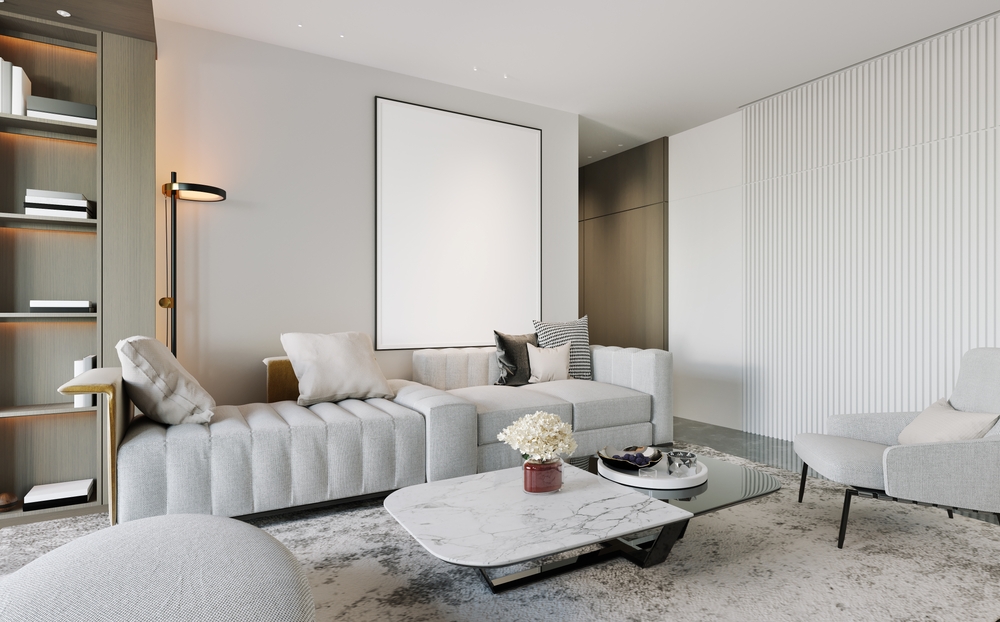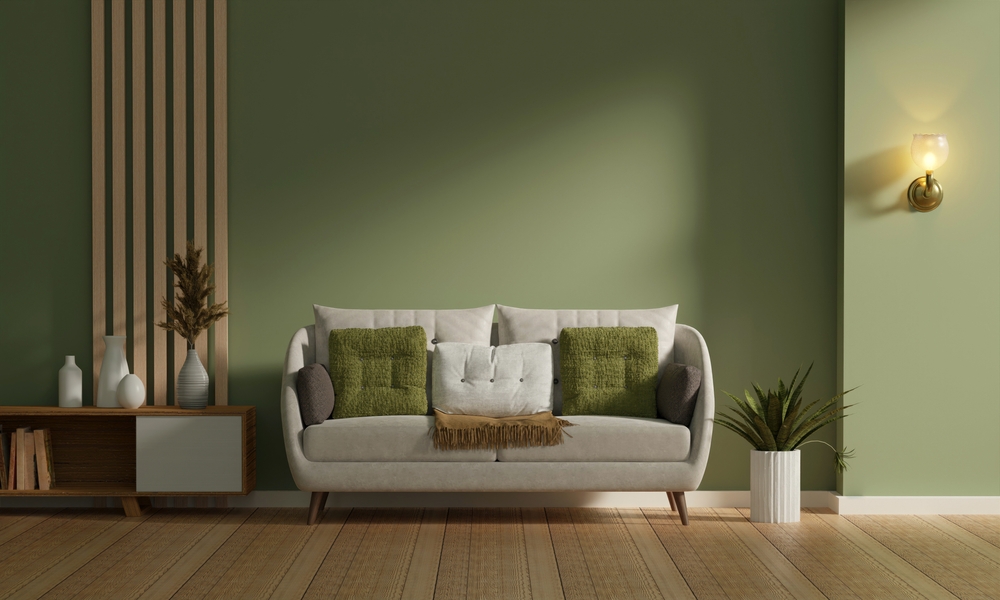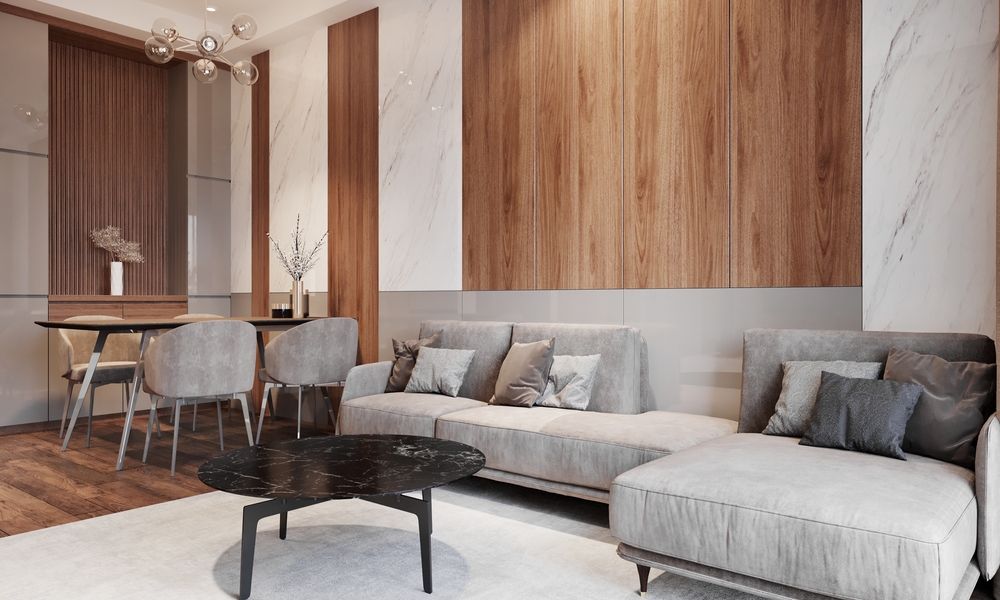Understanding the distinction between contemporary and modern furniture is important in the always-developing universe of inside plans. These two styles, frequently utilized reciprocally, brag unmistakable qualities that shape the feeling and style of a space. Delving into their differences illuminates the divergent philosophies, design elements, and historical contexts that define them. Exploring the realms of modernism and contemporary design through a furniture guide uncovers a captivating journey through time, reflecting past eras and the ever-changing present.
While there is, in many cases, disarray between the expressions "contemporary" and "current" while suggesting furniture style, it's vital to note that they are not tradable. Here are the top six differences between contemporary and modern furniture:
The Time Difference Of Styling
The most significant difference between contemporary and modern furniture lies in their respective periods. Modern furniture refers to the design style that emerged in the early to mid-20th century, particularly from the 1920s to the 1950s. It encompasses a period when groundbreaking design movements like Bauhaus, Mid-Century Modern, and Scandinavian design were prominent.
Contemporary furniture refers to designs that are currently popular and reflect the prevailing styles and trends. Unlike modern furniture, contemporary furniture is not limited to a specific period. It evolves with time and encompasses the present era. Various factors, such as cultural shifts, technological advancements, and individual creativity, can influence the designs. Homeshop.ae offers the trendiest furniture.
The Ultimate Difference Of Design Philosophy
Modern furniture places a strong emphasis on minimalism and simplicity. It seeks to eliminate excess ornamentation and decorative elements, focusing on clean lines and streamlined forms. The design philosophy of "form follows function" is inherent in modern furniture. The plan of an article ought to be determined by its expected capability or reason. Modern furniture draws motivation from modern materials, creation procedures, and developments of the right on time to mid-twentieth hundred years. It integrates materials like formed pressed wood, metal, glass, and plastic.

Contemporary furniture design embraces a more eclectic approach, combining elements from various styles, eras, and influences. It allows for different design aesthetics and encourages individuality and personal expression. It aims to meet individuals' changing needs and preferences in a rapidly evolving world. Contemporary design encourages experimentation and innovation. You can get both types from HomeShop.
Alternate Materials And Finishes
Modern furniture typically utilizes molded plywood, metal, glass, and plastic. It emphasizes the use of industrial materials and innovative production techniques. In contrast, contemporary furniture embraces a broader range of materials, including wood, leather, fabric, and natural materials. It often combines different textures and finishes to create visually interesting pieces.
It's important to note that these material choices and finishes can vary greatly depending on the specific designer, manufacturer, and the intended aesthetic of the furniture piece.
Difference In Use Of Colors & Designs
Modern furniture frequently includes a nonpartisan variety range, including shades of white, dark, dim, and beige. It grandstands the regular magnificence of wood with warm, natural tones like pecan, teak, or oak. While modern furniture will generally have an overwhelmingly unbiased variety, it might consolidate strong accents of essential tones, like red, blue, or yellow.

Contemporary furniture embraces various colors, including neutrals, pastels, earth tones, and vibrant hues. Homeshop offers all these colors in furniture. It often incorporates monochromatic color schemes, where various shades and tones of a single color are used. It also utilizes contrasting color combinations to create visual impact. For example, pairing bold, saturated colors with neutrals or juxtaposing complementary colors for a bold and dynamic effect.
Contrast In Silhouettes And Forms
Modern furniture often features sleek, streamlined silhouettes with smooth curves and angles. It prioritizes functionality and ergonomic design. In contrast, contemporary furniture can encompass a broader range of silhouettes and forms. It can include both curvilinear and angular shapes, emphasizing individuality and experimentation.

It's important to note that there can be variations and overlaps between contemporary and modern furniture silhouettes and forms. You can see them online before buying, and one of the best places is homeshop.ae. Individual designers often bring their interpretations and creative expressions to these styles, creating unique and distinct furniture designs.
Distinction Of Cultural And Technological Influences
Modern furniture reflects the cultural and technological advancements of the early to mid-20th century. The Bauhaus movement, Scandinavian design, and the rise of mass production techniques influenced it. Contemporary furniture reflects current trends and incorporates the influence of contemporary art, technology, and cultural shifts, resulting in more diverse and dynamic designs.

These influences demonstrate how furniture design continuously evolves and adapts to cultural shifts and technological advancements. Both contemporary and modern furniture reflect the spirit of their respective times and the influence of the broader social, cultural, and technological contexts in which they were developed.
Conclusion
It's worth noting that the definitions of contemporary and modern furniture can vary depending on the context and the perspective of designers and consumers. Therefore, it's always a good idea to research furniture guides and consult experts or reputable sources when seeking specific furniture styles. Whether one chooses the timeless elegance of modern furniture or the eclectic and innovative designs of contemporary furniture, both styles offer unique and inspiring options for creating stylish and functional living spaces




